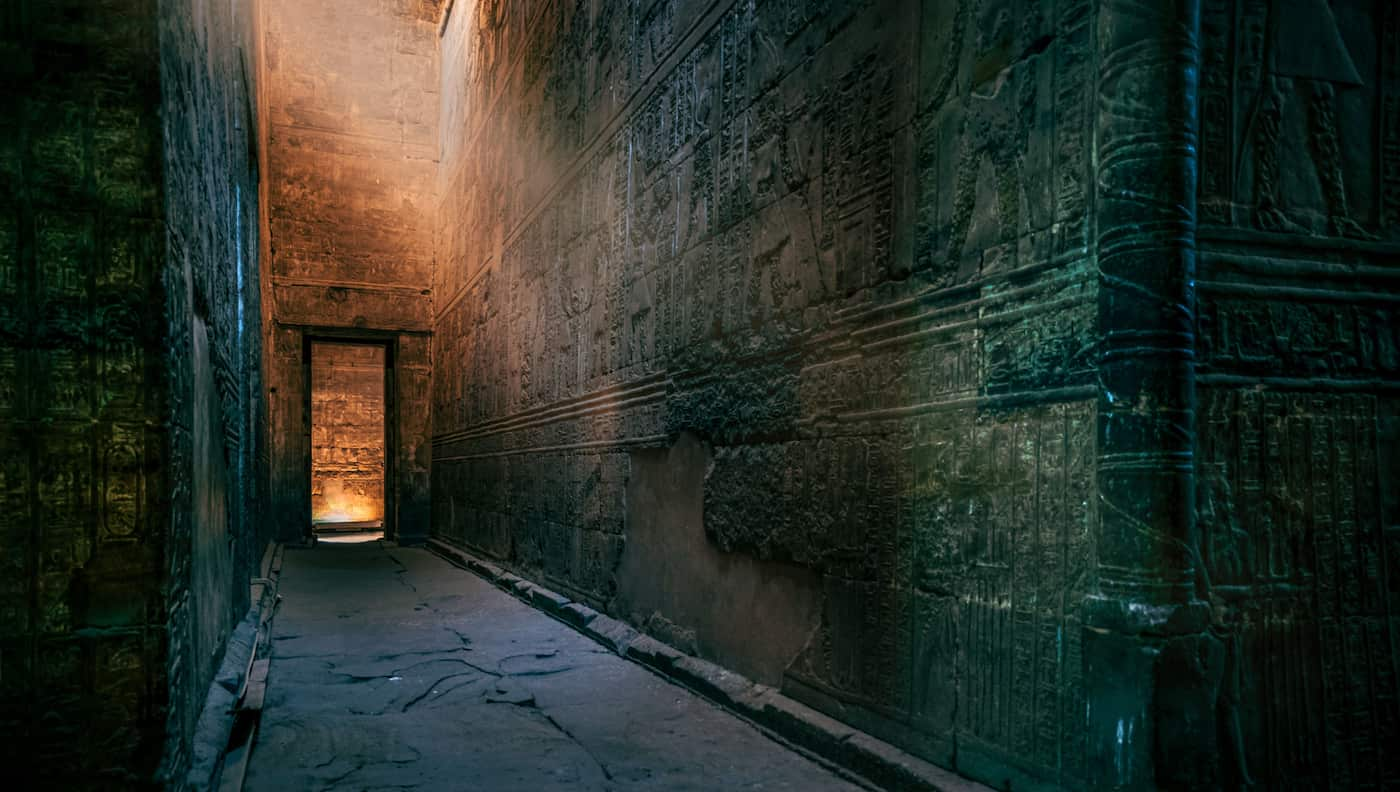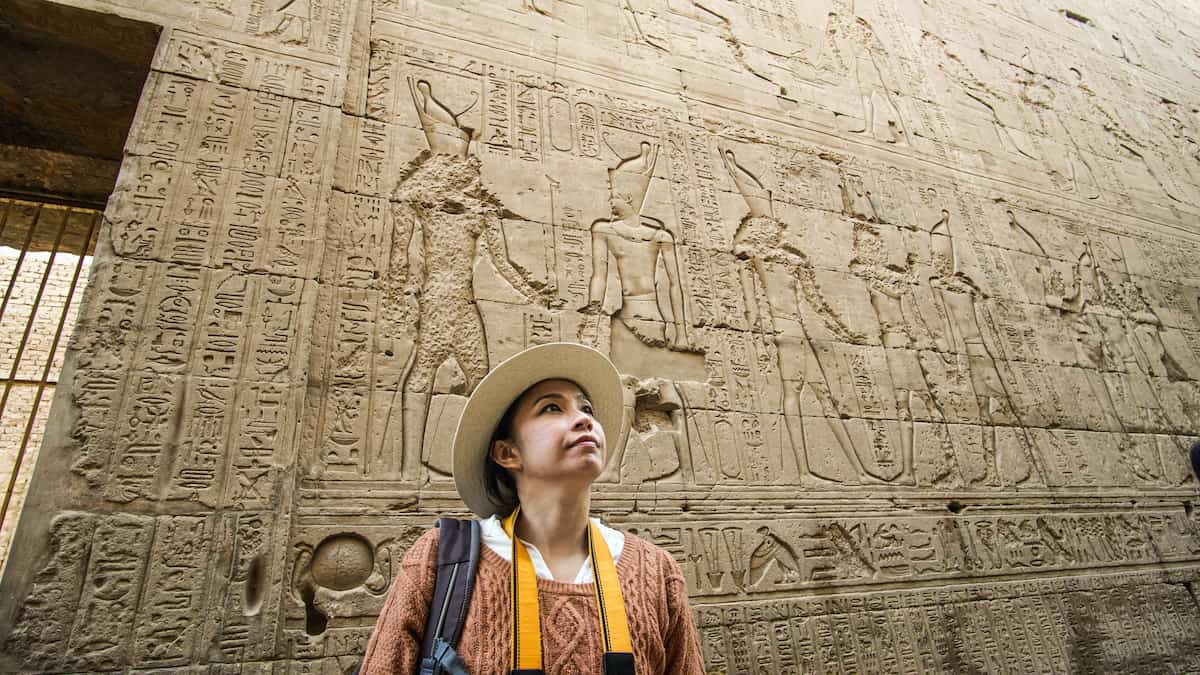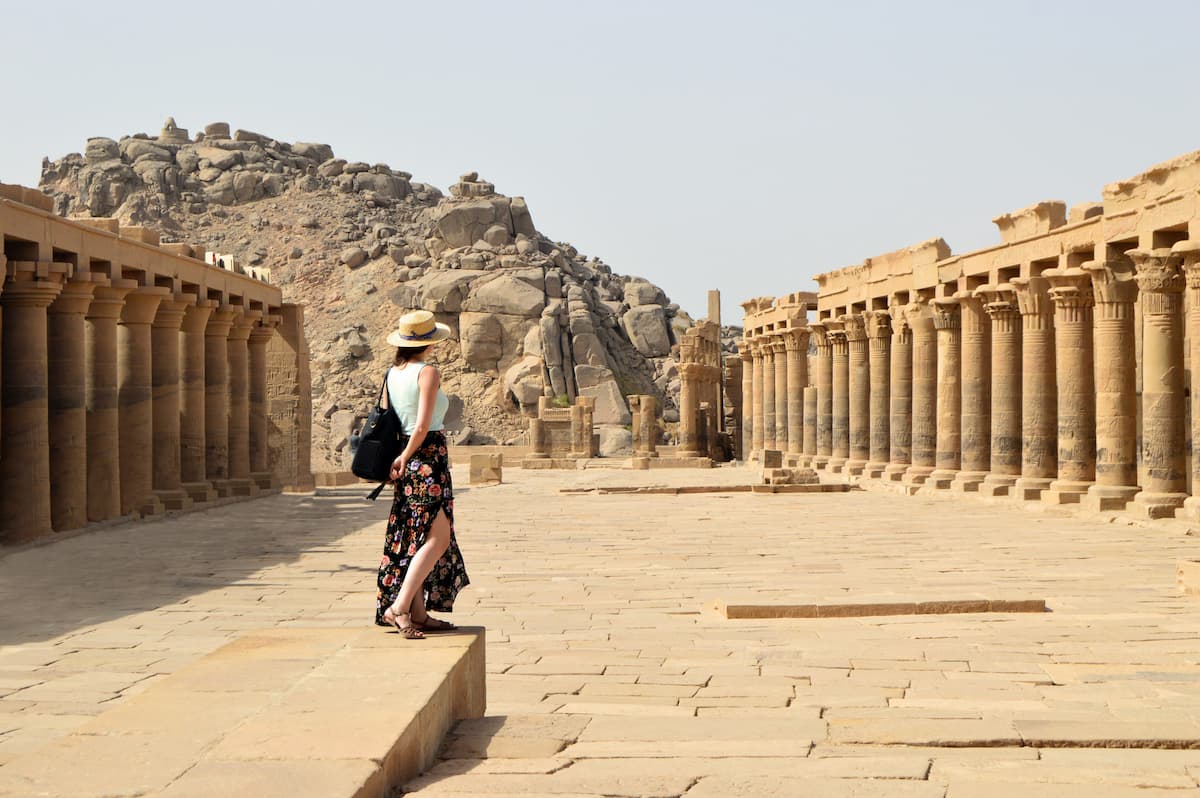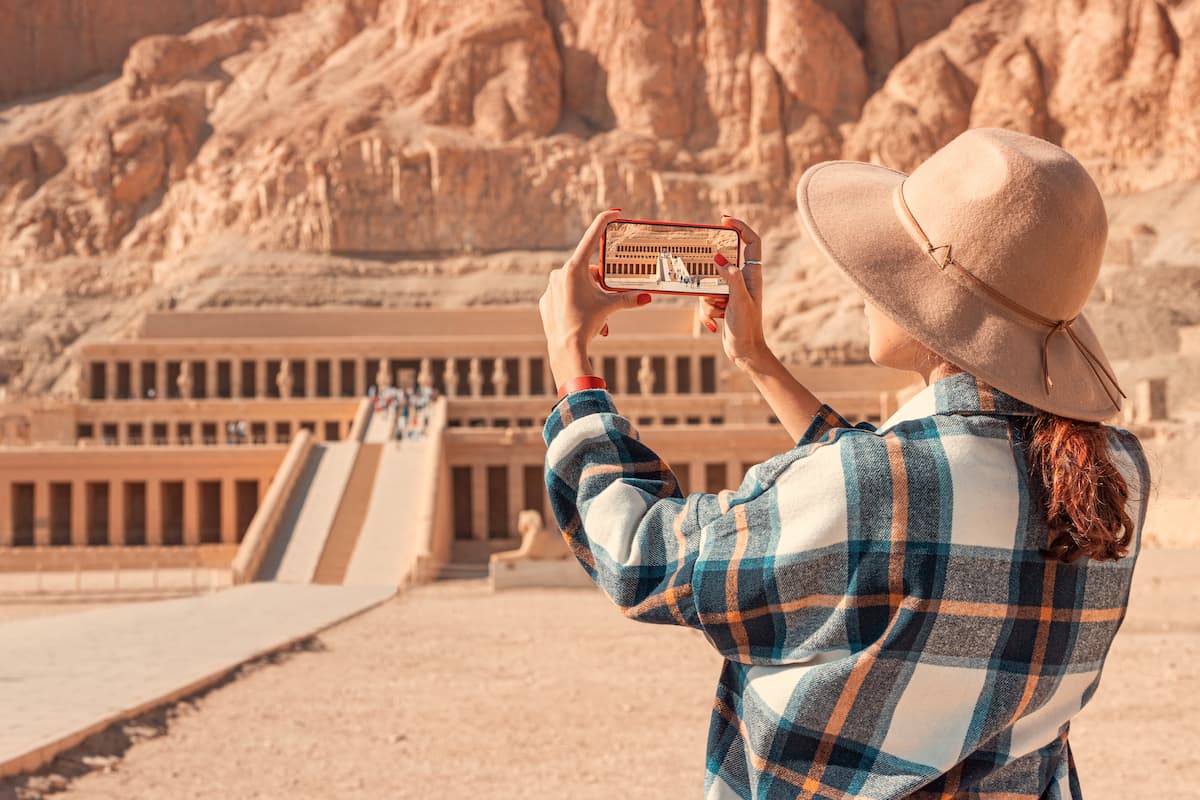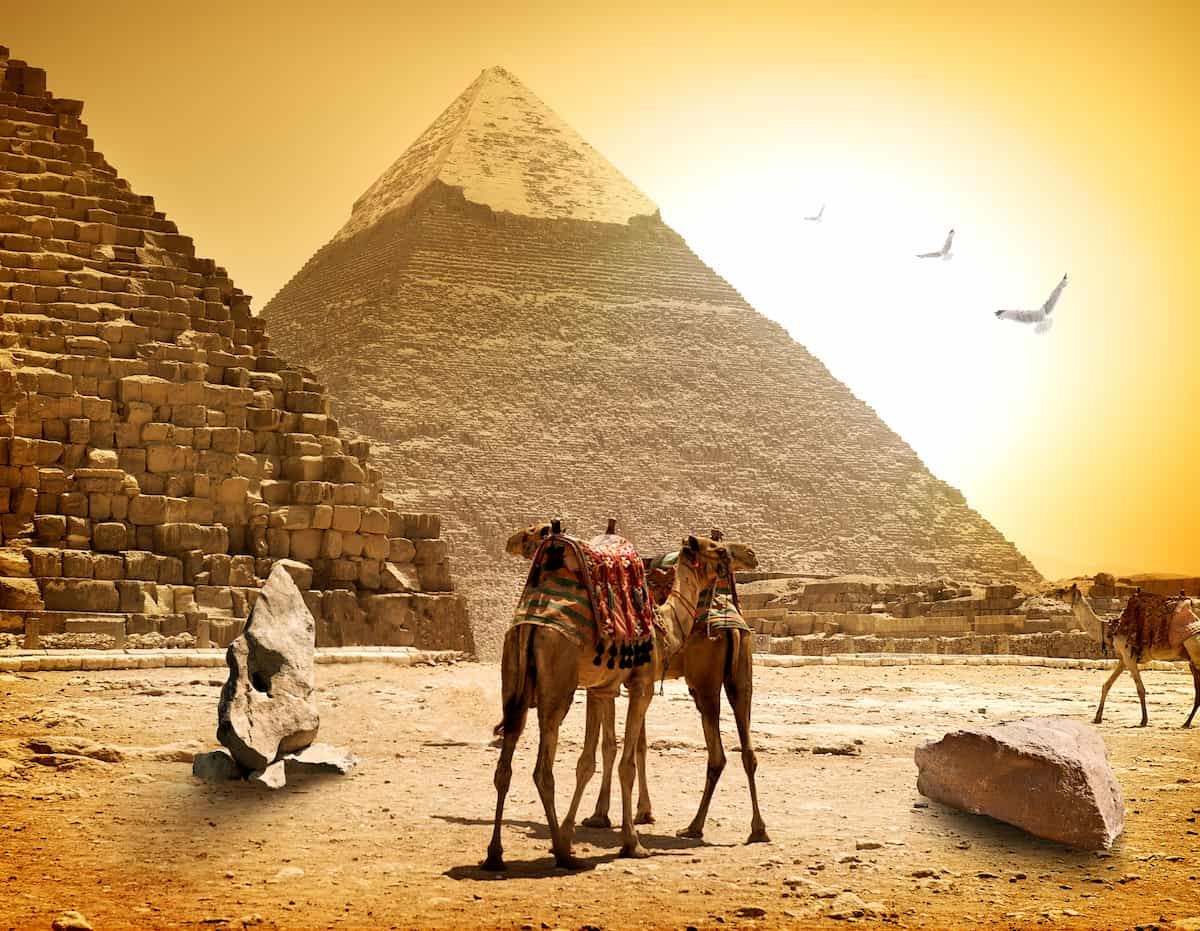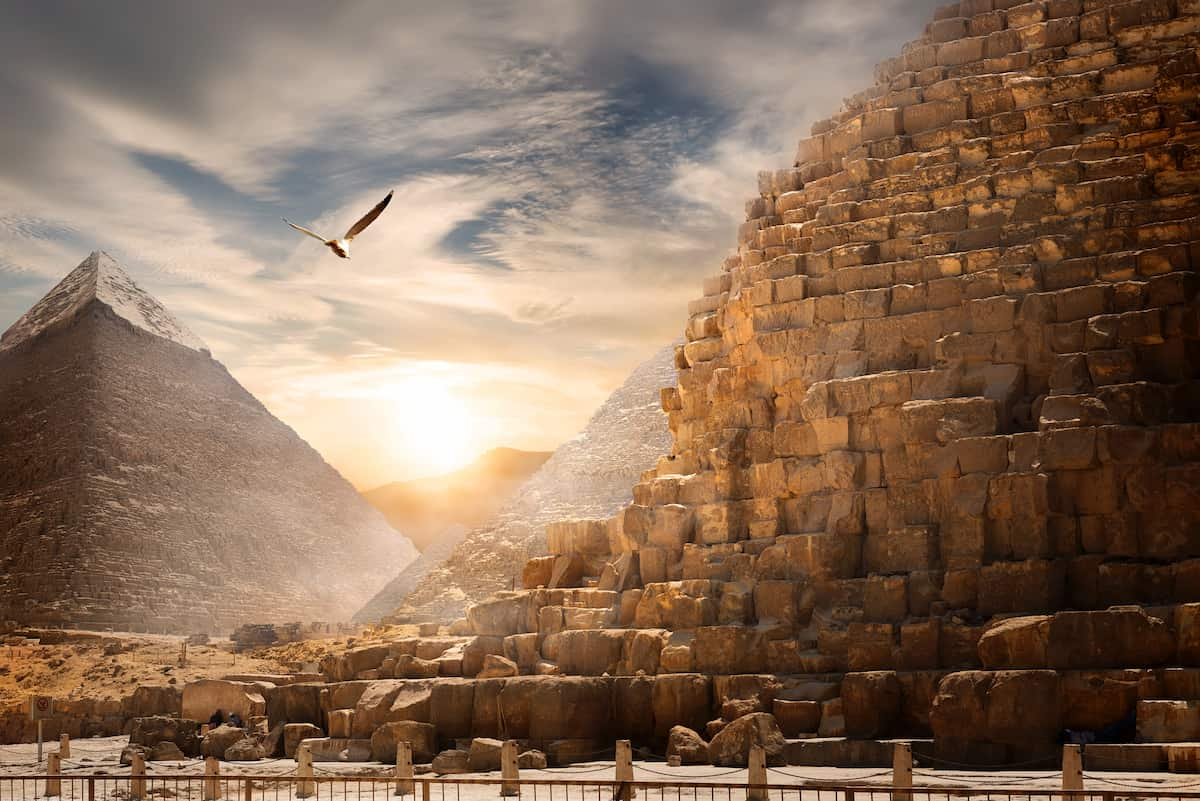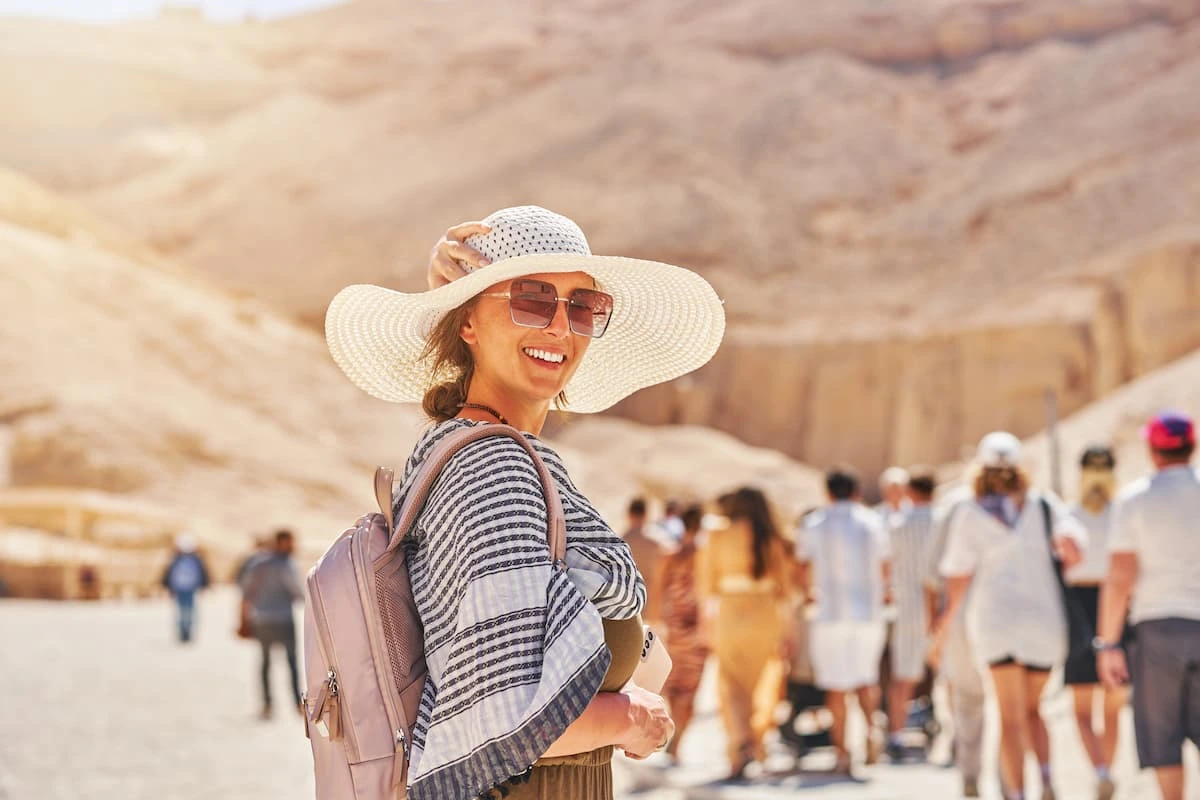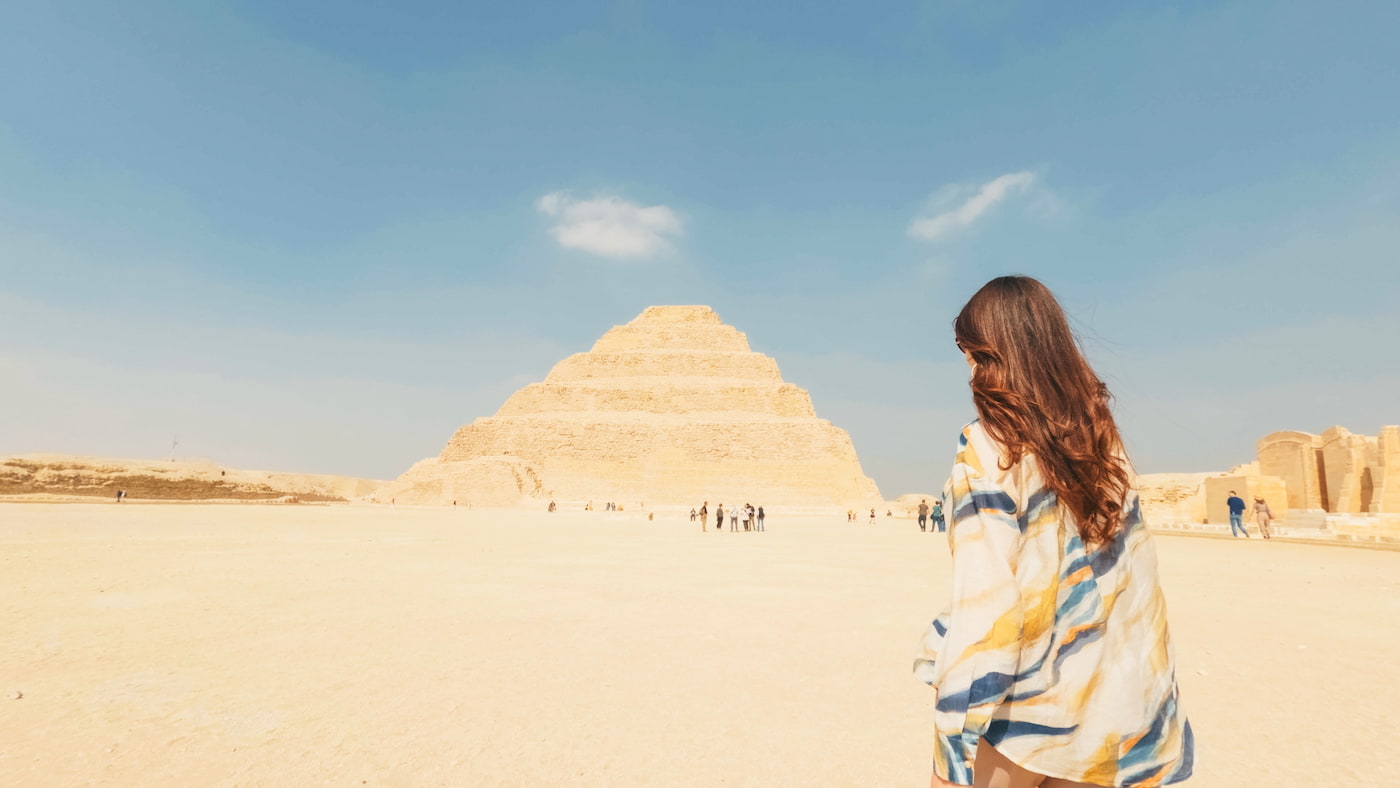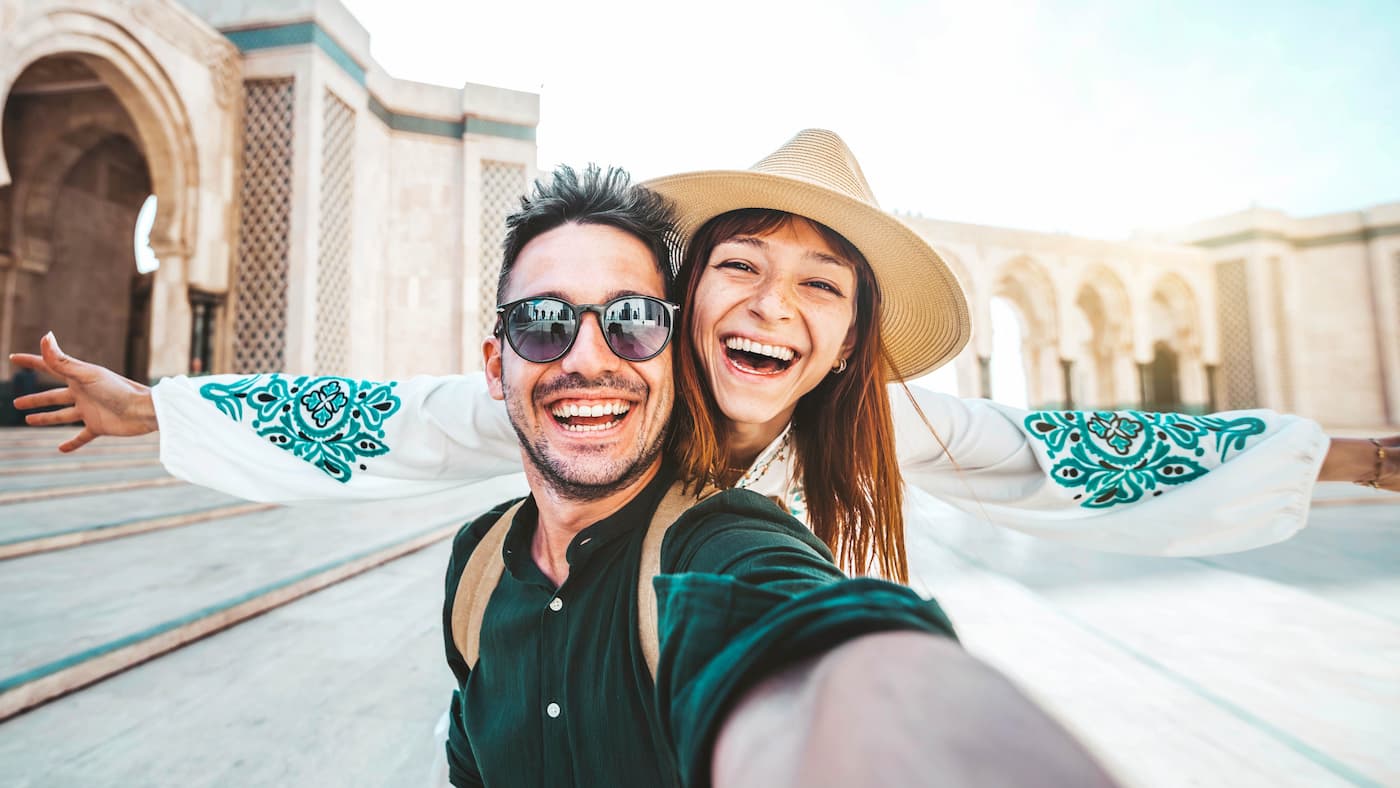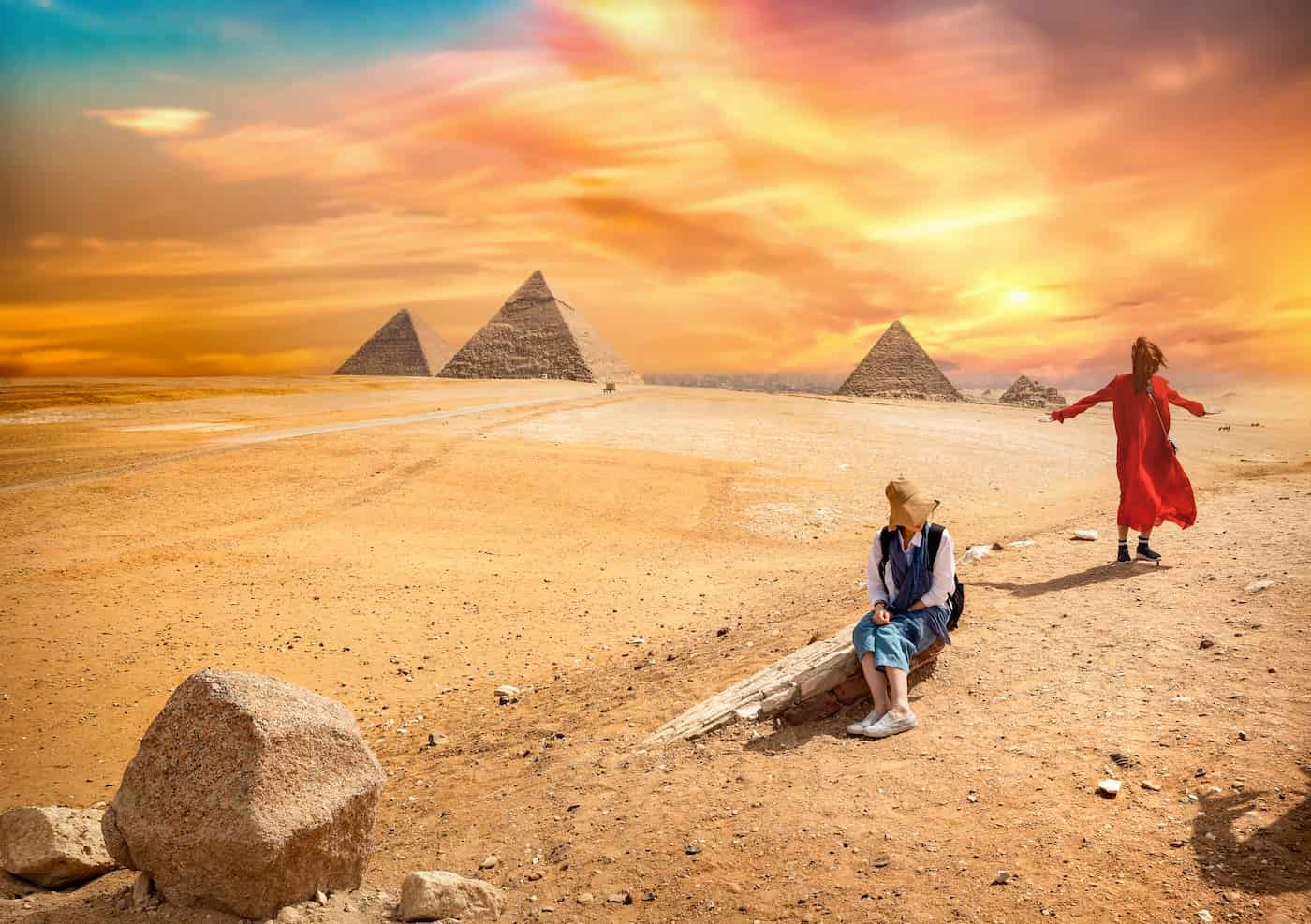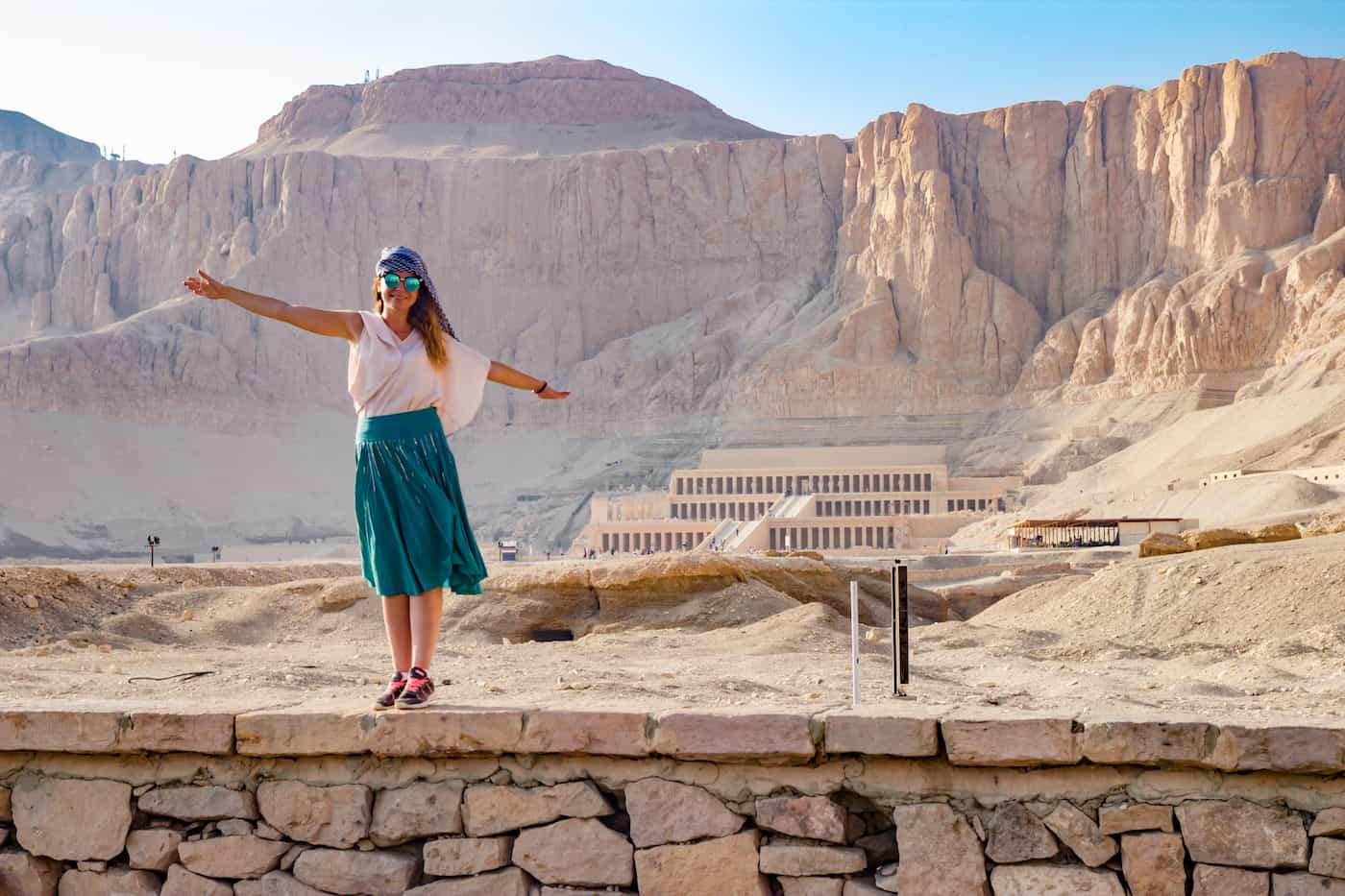The Ancient Egyptian Art: A Wealth Of Artifacts, Sciences, and Arts.
Ancient Egyptian art is the painting, sculpture, and architecture founded by artists in the old days of Egypt. The ancient Egyptian civilization produced these arts from approximately 3000 BC to 30 AD. Ancient Egyptian art reached a high level of both painting and sculpture. Egyptian styles changed over more than three thousand years.
Much of the art that has survived from these eras comes from tombs and monuments. Now, there is a focus on studying the ancient Egyptians’ beliefs about the afterlife and preserving knowledge from the past.
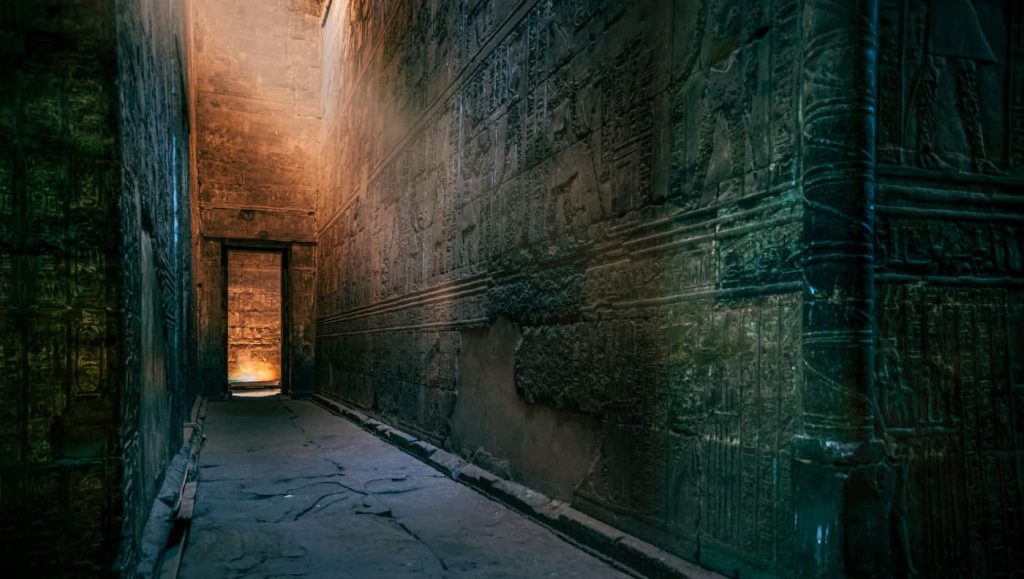
The Ancient Egyptian Art
The ancient Egyptian civilization is rich in artifacts, sciences, and arts. Many aspects of this civilization remain a mystery to many scientists, who have been unable to discover how they were able to develop them. This mystery also includes the mummification process.
There are many paintings, statues, drawings, and engravings on the walls of temples, palaces, and even in tombs that show their skill and ingenuity
Ancient Egyptian art was paintings and sculptures in wood, stone, ceramics, drawings on papyrus, faience, jewelry, ivory, and other artistic media. It offers an unusual representation of ancient Egyptian social and economic systems.
Kinds of ancient Egypt Art
1- The Painting in Ancient Art
They didn’t paint all Egyptian reliefs, but only the lesser-known works in tombs, temples, and palaces on a flat surface. Stone surfaces were with lime or limestone, or, if they were rough, with a coarse clay plaster, with a smoother layer on top. Some finer limestones could take the paint directly.
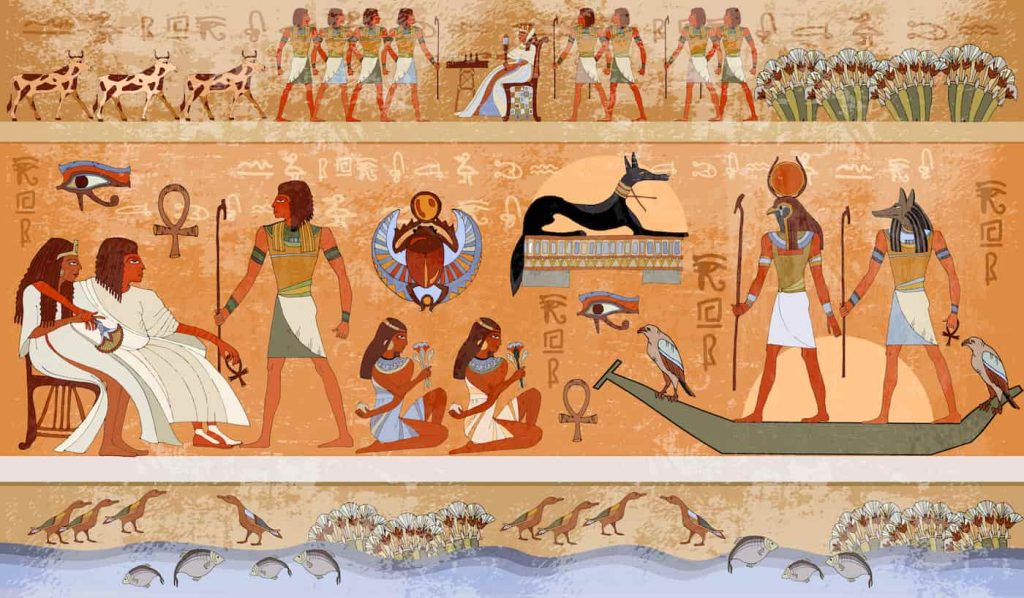
The Painting in Ancient Art
The Egyptians chose ingredients from minerals to withstand strong sunlight without fading. The binding medium in the painting remains unclear: a tempera method using egg yolk and resins has been suggested. True frescoes, painted in a thin layer of wet plaster, were not used. Instead, the paint was applied to the dried plaster.
After painting, resin was usually a protective coating against the elements. Many paintings have survived with some exposure to weathering, although those on exposed walls are rarely of great importance. Smaller objects, including wooden statues, were often painted using similar techniques.
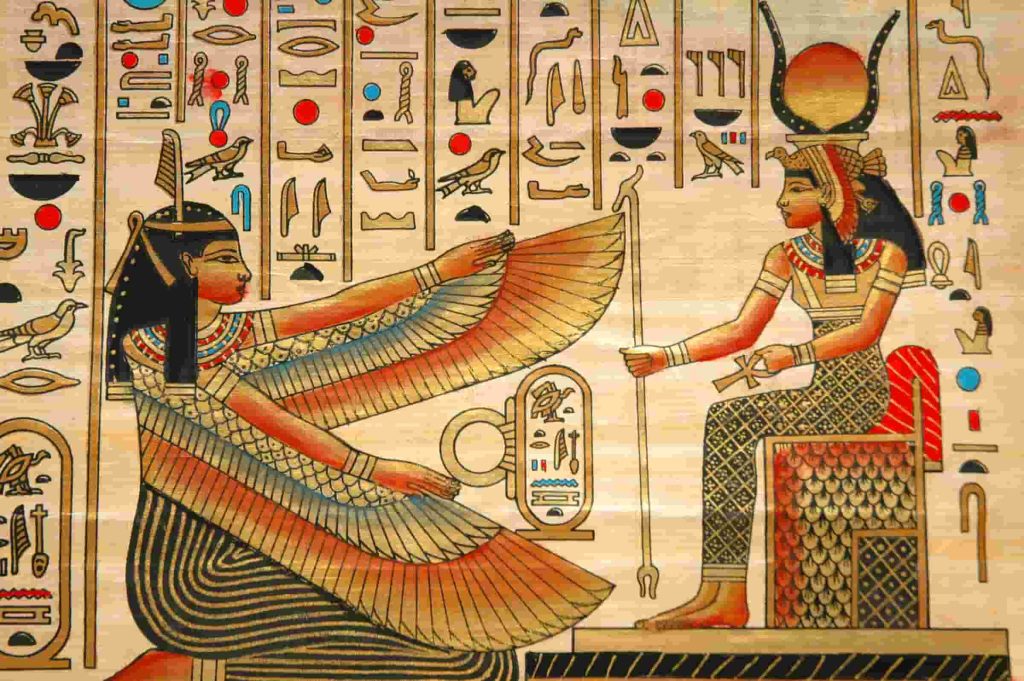
The Ancient Egyptian painting.
Ancient Egyptian paintings
Many ancient Egyptian paintings have survived in tombs and sometimes in temples due to Egypt’s extremely dry climate. Paintings were often for making the afterlife pleasant for the deceased. Themes included a journey through the afterlife or deities representing the deceased in the underworld (such as Osiris). Some tomb paintings depict activities the deceased engaged in while alive and wished to continue doing for eternity.
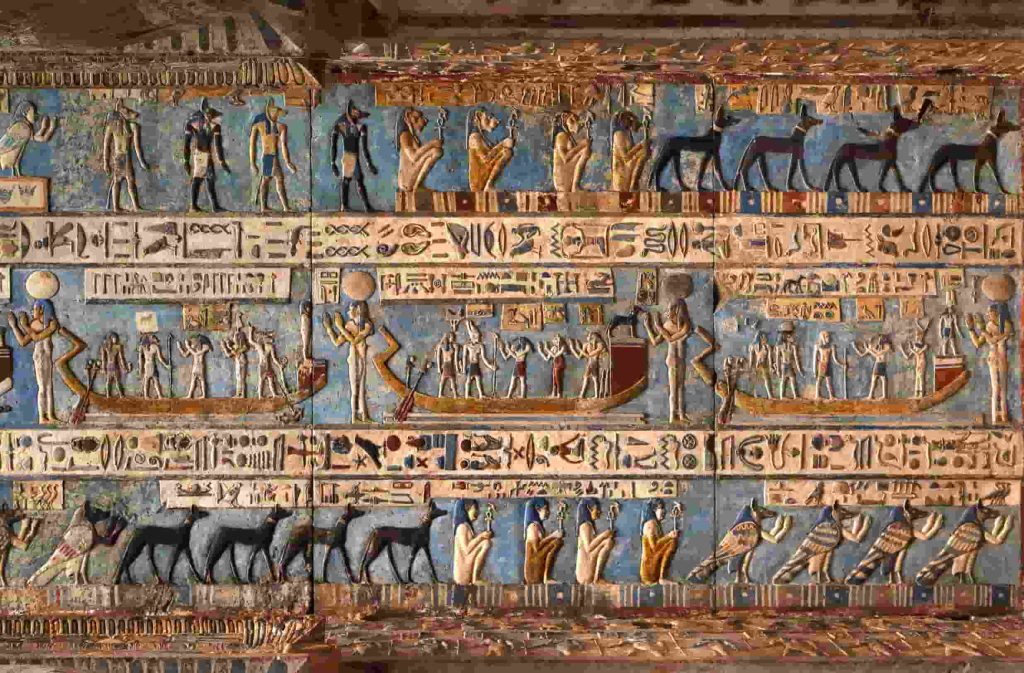
Hieroglyphic carvings and paintings on the interior walls of an ancient Egyptian temple
The Egyptians designed paintings to show a side view and a front view of the animal or person at the same time. Their primary colors were red, blue, green, gold, black, and yellow.
Paintings that contained hunting and fishing scenes may have vivid backgrounds and show landscapes of reeds and water, but in general, Egyptian painting did not develop a sense of depth. They didn’t find landscapes or sense of visual perspective, and they preferred the importance of size rather than depth.
2- The Sculpture in Ancient Egyptian Art
The sculpture of colossal statues, temples, and tombs of ancient Egypt is world-famous, but there are also many smaller and delicate works. The Egyptians used a technique of setting sun relief, which is best suited to sunlight for outlines and forms that should be emphasized by shadows.
The distinctive posture of standing statues, facing forward with one foot in front of the other, was beneficial for the balance and power of the sculpture. This unique technique was early in Egyptian art history and was used for a period in the Ptolemaic period. On the other hand, seated statues were also particularly common.
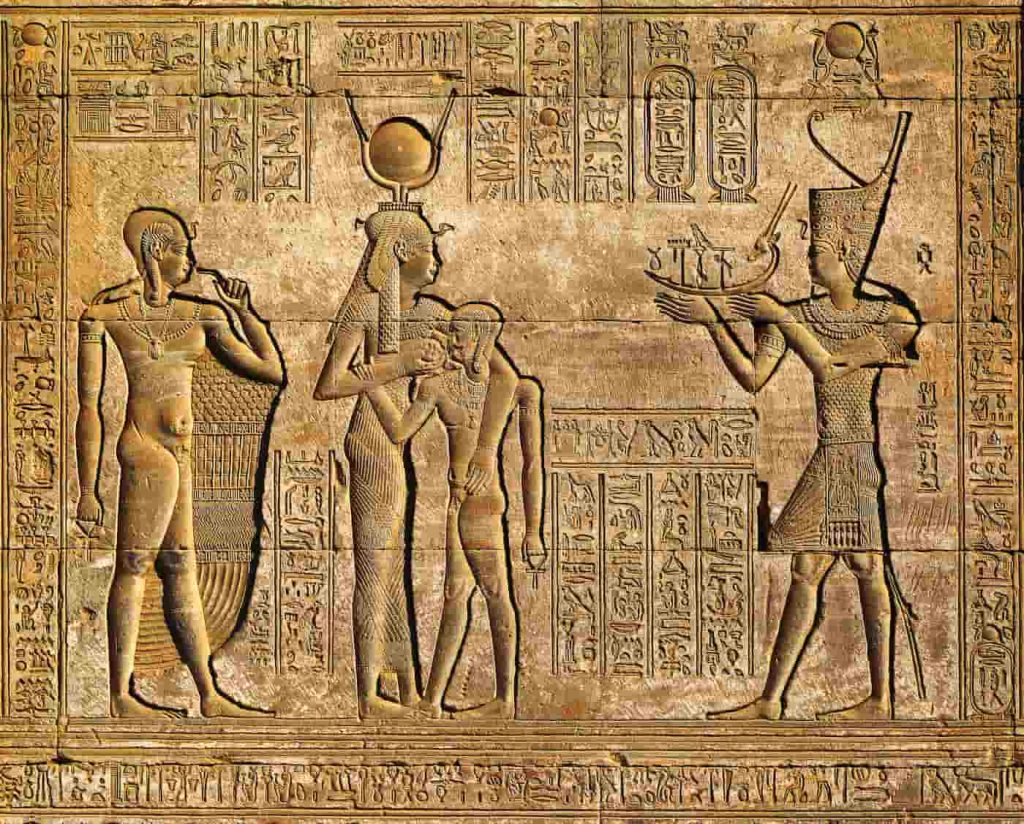
The Sculpture in Ancient Egyptian Art
Egyptian pharaohs were always like gods, but other deities were less common in large statues, except when they represented the pharaoh as another deity. However, other deities appear frequently in paintings and reliefs.
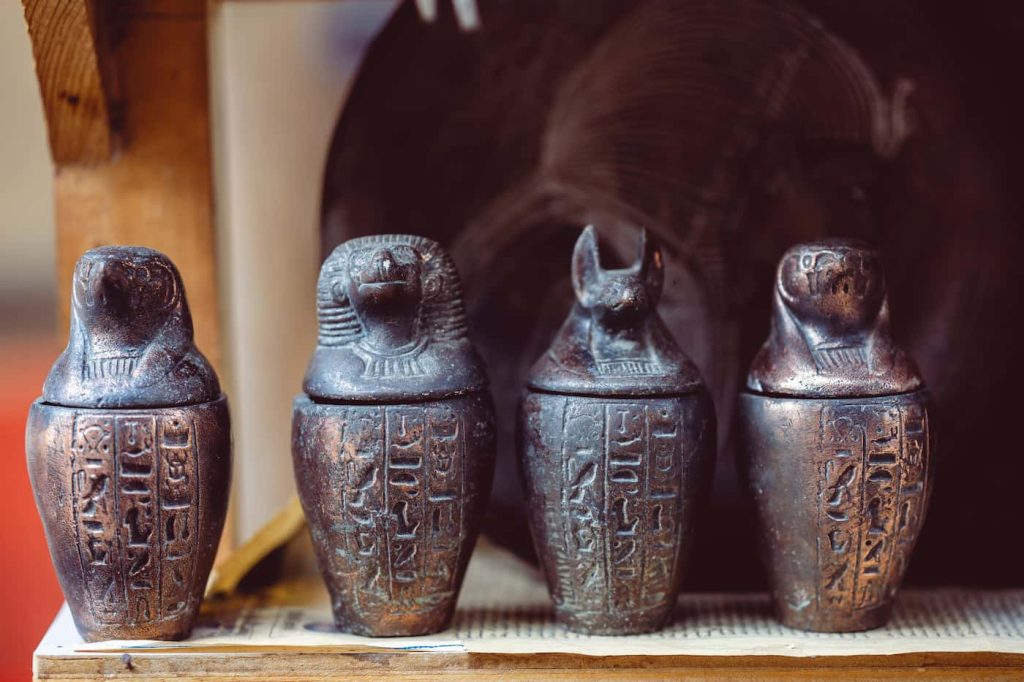
Sculpture in Ancient Egyptian Art
Most of the larger statues survive from Egyptian temples or tombs. Colossal statues were to represent gods, pharaohs, and their queens, usually for open areas inside or outside temples. The most sacred cult image of the god in the temple was usually held in a naos in the form of a small boat or barque that had an image of the god and apparently usually made of precious metals—but none of these have survived. The Great Sphinx of Giza has never been replicated.
3-The Importance of Egypt’s Climate in Sculpture
The concept of the Ka statue was firmly established by the Fourth Dynasty (c. 2680-2565 BC). We have a fair number of less conventional statues of wealthy officials and their wives, many of them in wood. As Egypt is the few places in the world where the climate allows the wood to survive for thousands of years. Although the true portraiture was present in ancient Egypt remains a matter of debate.
Early tombs also contained small models of slaves, animals, buildings, and objects such as boats necessary for the dead to continue their lifestyle in the afterlife. However, the vast majority of wooden sculptures have disappeared due to decay or been fuel.
Small statues of deities or their animal figures were very common and existed in popular materials such as pottery. There were also large numbers of small carved objects, such as figures of deities, toys, and carved vessels.
They used alabaster in these small sculptures. Also, painted wood was the most common and natural material for small models of animals, slaves, and possessions that were in tombs to provide for the afterlife.
4-Pottery, Ceramics, and Glass
The pottery, which was from silica and existed as quartz in sand, lime, and natron, produced small, inexpensive, and relatively attractive pieces in a variety of colors. The Egyptians used it for a variety of objects, such as jewelry. Ancient Egyptian glass existed in early Egyptian history, but it was an expensive and luxurious material. It became common, and small, highly decorated jars for perfume and other liquids were often found as grave goods.

The ancient Egyptians used pottery to carve small vases, amulets, images of gods and animals, and many other objects. Ancient Egyptian artists also discovered the art of enamelling pottery. Enameling was also on some stonework. They used the blue color in imported lapis lazuli, which had a high value in ancient Egypt. The ancient Egyptians used this color widely in coloring a variety of materials.

Ancient Egypt Glass Bottles
They put various types of pottery in the tombs of the dead. Some pottery items contained internal body parts such as the lungs, liver, and intestines, which were removed before mummification. Also, they put a large number of small objects in enamel pottery with the dead.

Egyptian stone scarab
5-The Architecture in Ancient Egyptian Art
Egyptian architects used sun-dried bricks, soft sandstone, limestone, and granite. Architects carefully planned all their work. The stones had to fit together perfectly, as neither clay nor brick was available when building the pyramids. They used ramps to allow workers to advance during the building of the structure.
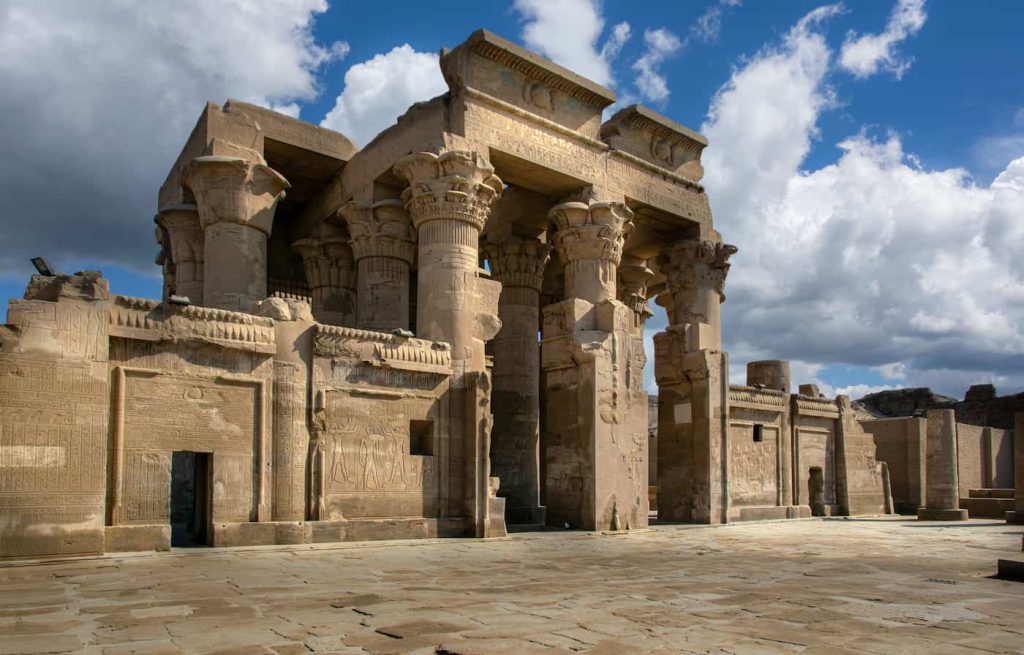
The Architecture in Ancient Egyptian Art
When the builders finished the top of the structure, they removed the sand from the top down. The exterior walls of structures such as the pyramids had a few small openings. They used hieroglyphic and colorful carvings to decorate Egyptian structures, such as many shapes like the scarab, the sacred beetle, the sun disk, and the vulture.
Factors That Influenced Ancient Egyptian Art
A- Natural Factors
The ancient Egyptians’ art reflects their feelings and emotions in the wonderful natural landscapes that surrounded them. They are influenced by nature and the surrounding environment like any nation. The ancient Egyptians searched for beauty, whether on earth or in the sky. This appears in inscriptions and drawings on the walls of their temples, homes, palaces, tombs, and elsewhere.
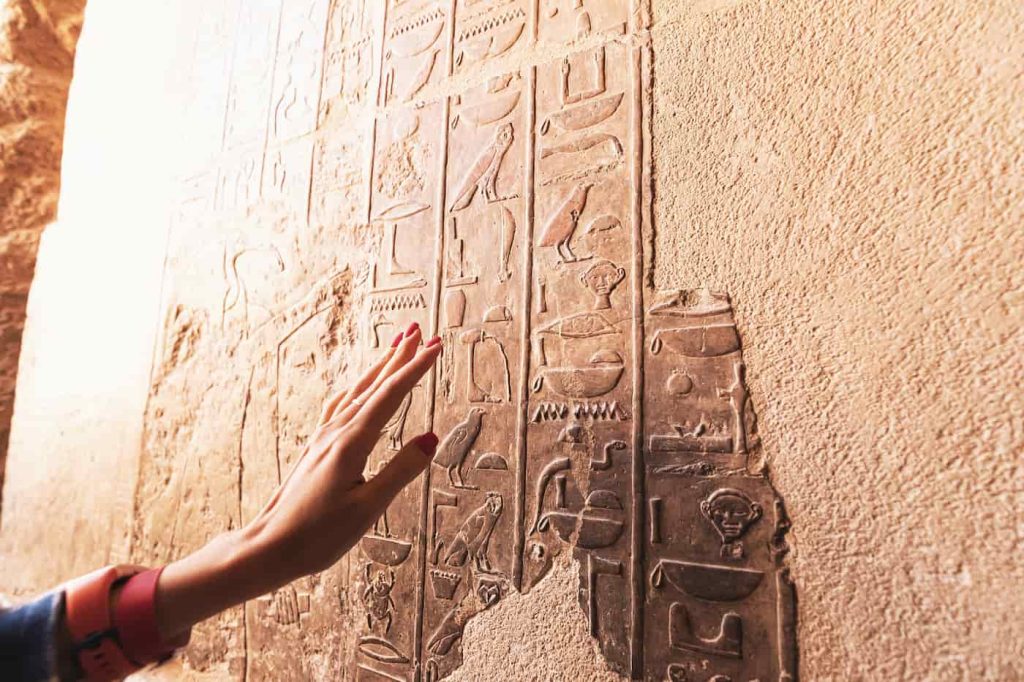
drawings on the walls of the temples
Here are Examples of the influence of nature on ancient Egyptian art:
The ancient Egyptians were influenced by the wonderful, golden rays of the rising sun; the bright blue Nile, which reflects the clear blue sky; the magnificent green fields spread along its banks; and the gleaming yellow desert, mountains, and valleys. All of these natural phenomena lead to embody the beauty on the walls of temples, papyrus scrolls, tombs, and any available space.
Egypt’s nature contained the natural materials, such as stones that were easy to carve and engrave, in addition to Nile silt, which was important for building homes and in the manufacture of pottery.
B- Cultural Factors
Cultural factors clearly influenced the artistic legacy Egyptians. The hieroglyphic language is the most important cultural influence. This language consists of a collection of plant, natural, and animal symbols, as well as various geometric shapes.
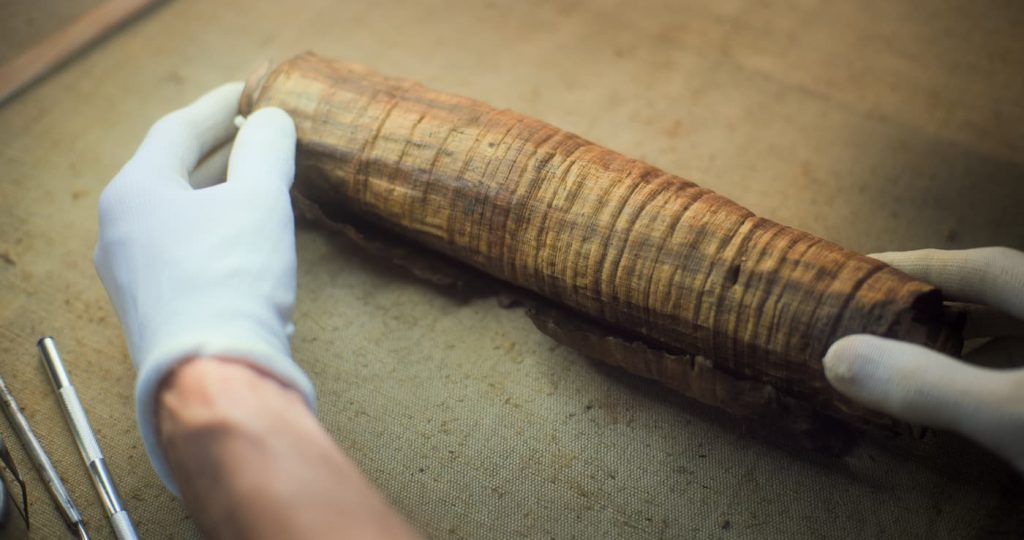
In addition, the drawings on temple walls and the papyrus contain many symbols, whether human, animal, or plant. Each symbolizes a specific thing and embodies a complete artistic image.
C- Social Factors
Social factors also influenced ancient Egyptian art. The ancient Egyptians had stability and peaceful years, far from the conflicts and wars that preoccupied some ancient civilizations. Thus, they had peaceful lives, which allowed them greater freedom for creativity and innovation. Different surfaces represented different spaces for drawing and engraving. These surfaces were of temple and house walls, papyrus, or large stones and boulders.
The social status of the community also influenced ancient Egyptian art. So if the artist was from a wealthy family, his art and drawings were more high-quality and precise. The larger the drawings and statues were, the higher the quality of the materials used. On the other hand, artists from the poor or middle classes had small drawings and lower quality statues.
D- Economic Factors
The economic conditions of any country have a great relationship with its political conditions. If the political situation is stable, the economy will develop, and vice versa. Ancient Egypt enjoyed prosperous economic conditions at that time. This reflected in its calm and stability. It enjoyed diverse sources of income, such as its possession of several gold mines, flourishing agriculture, and its proficiency in spinning, weaving, and glassmaking.
The fertility of the land, the abundance of crops, the vastness of natural resources, and the abundance of people’s livelihoods were factors that improved ancient Egyptian art. Everyone wanted to know various forms of art, like painting, sculpture, and others.
Religious Factors
One of the most important factors influencing Egyptian art was religion, which continued for three thousand years. Religion was a major part of the daily lives of the ancient Egyptians and developed so much .it required books to explain the various artistic symbols that refer to the gods.
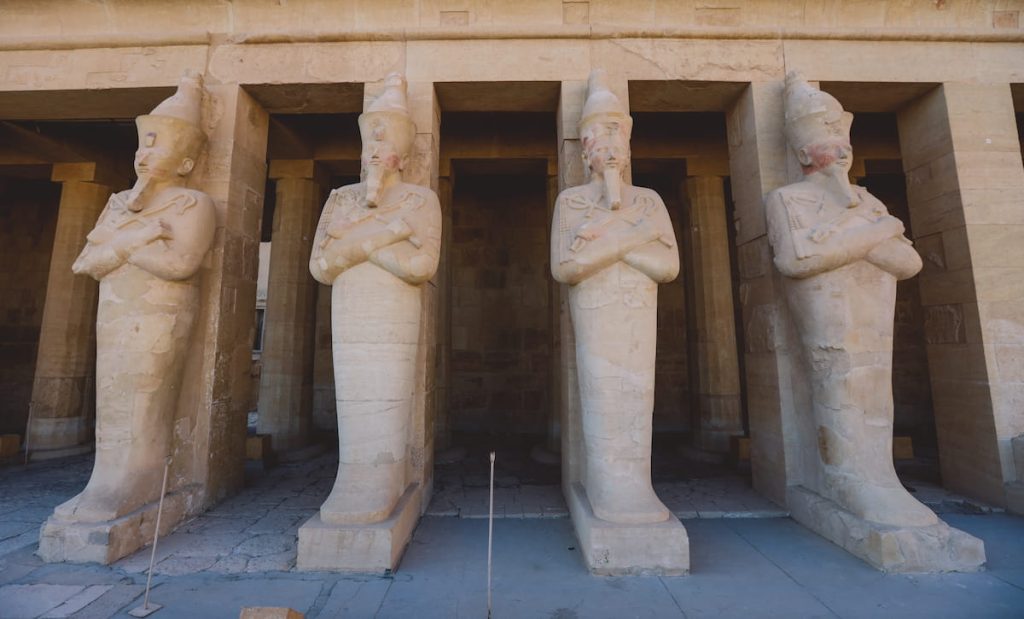
Ancient Egyptian God
For them, the walls of temples served as pages for books on which they embodied their various religious rituals. Religious motives and the ancient Egyptians’ belief in resurrection after death and immortality also prompted them to take special care of graves, painting and carving on them in various forms. They also created various statues, including ones resembling the deceased, so that their spirit could recognize them and return to them again.
The ancient Egyptians’ concern for religious aspects also prompted them to develop the art of painting and engraving on temple walls. Some temples were not well-lit by sunlight, so the engravings and drawings did not appear bright and clear. From there, they began using coloring, adding bright colors to the engravings and drawings to make them appear shiny and clear.
Conclusion
Overall, Egyptian civilization is unparalleled in creativity in the world. The ancient pharaohs built temples, pyramids, the Pyramid of Khufu, and the Great Sphinx. There are other temples such as the Temple of Abu Simbel, the Temple of Karnak, and the Temple of Kalabsha. Ancient Egyptian history studies reveal creativity everywhere. Ancient Egyptian civilization is the most important, venerable, and oldest civilization in the world. Among the symbols of this civilization are the obelisks, temples, hieroglyphic writings, and drawings that the ancient Egyptians conveyed their ancient history.
Every part of the ancient Egyptian monuments is inspiring to the world. Because they are artistic masterpieces in the greatest and most important museums in the world, and to this day, ancient Egyptian history continues to discover more of the creativity of ancient Egyptian civilization. It is a history full of enjoyment and far from boring.

